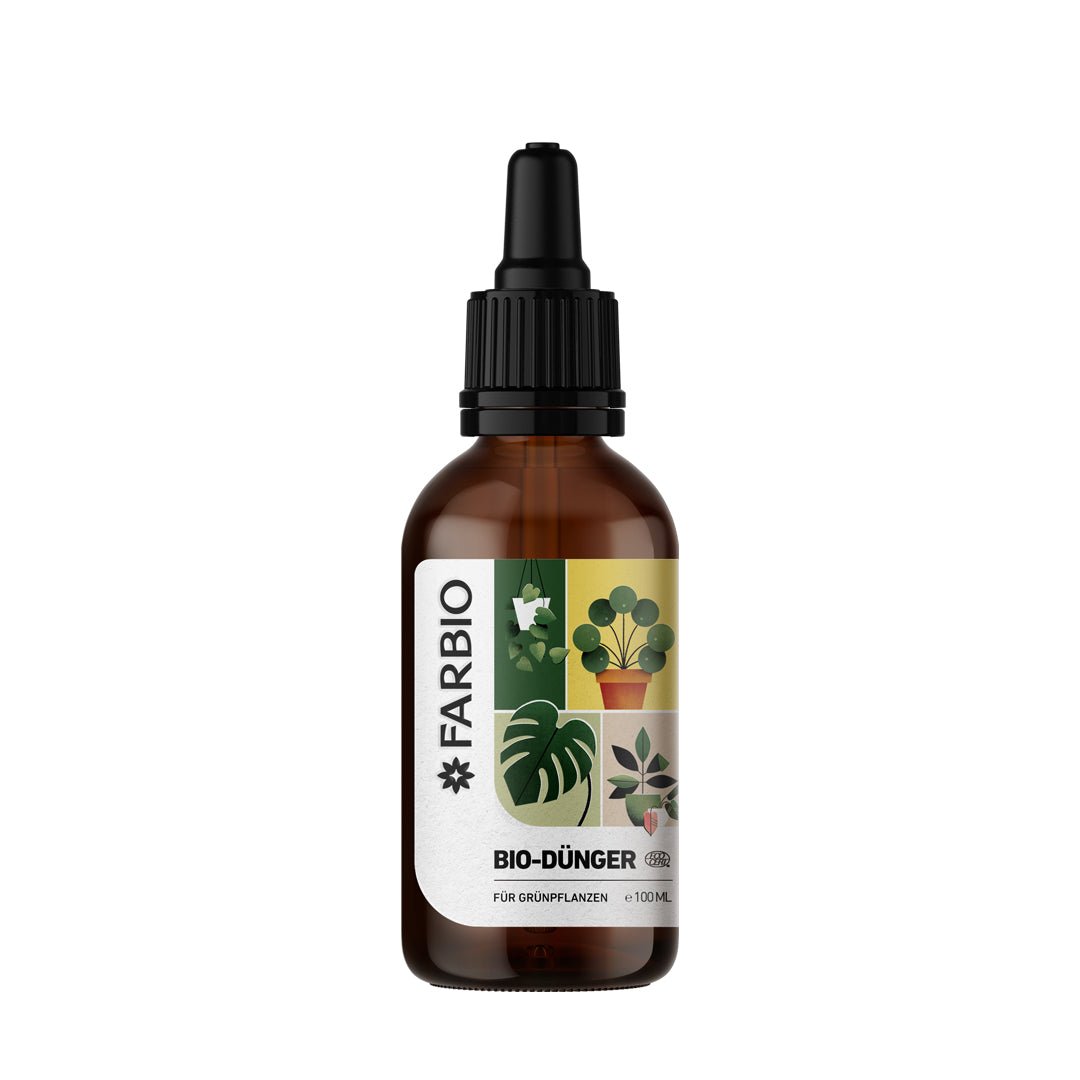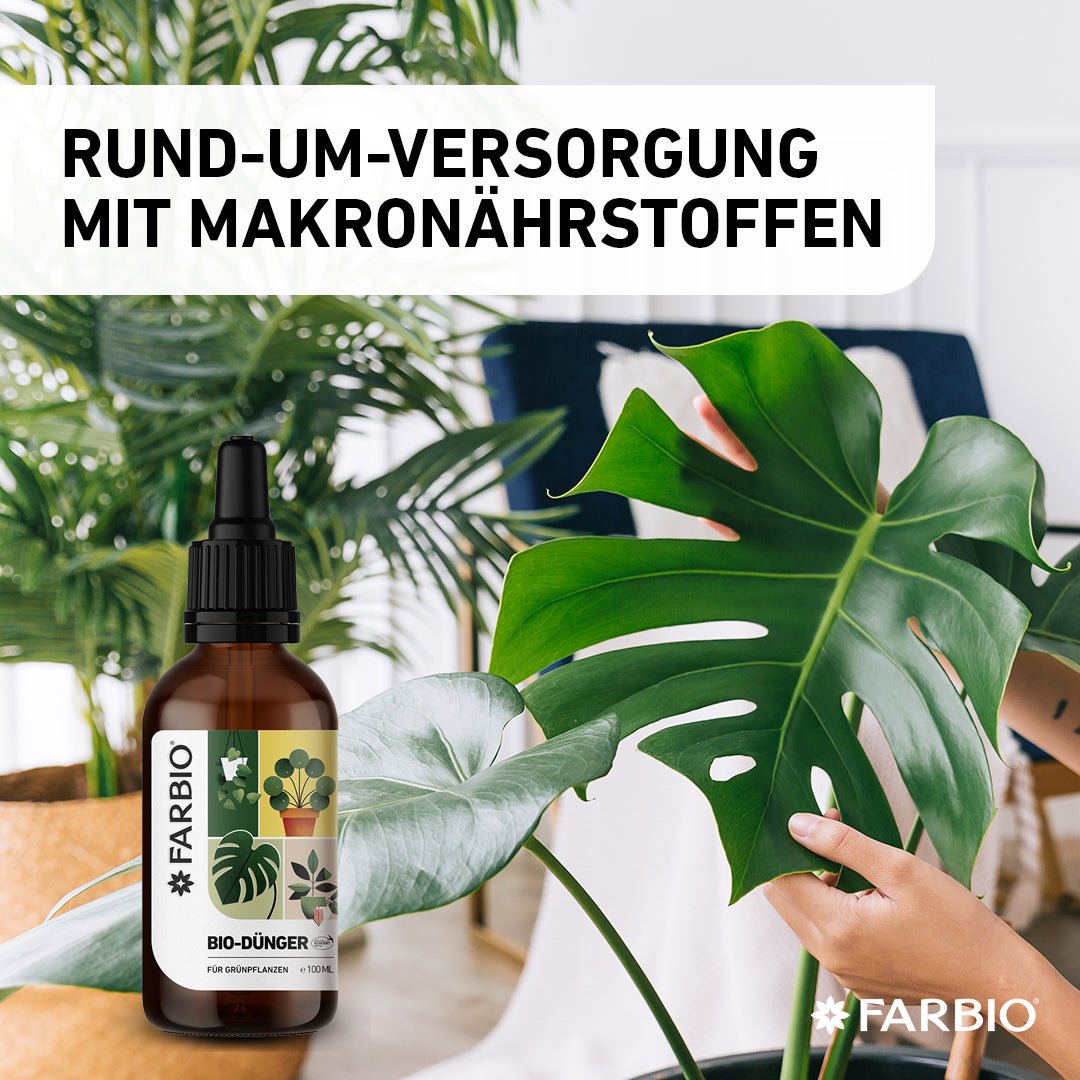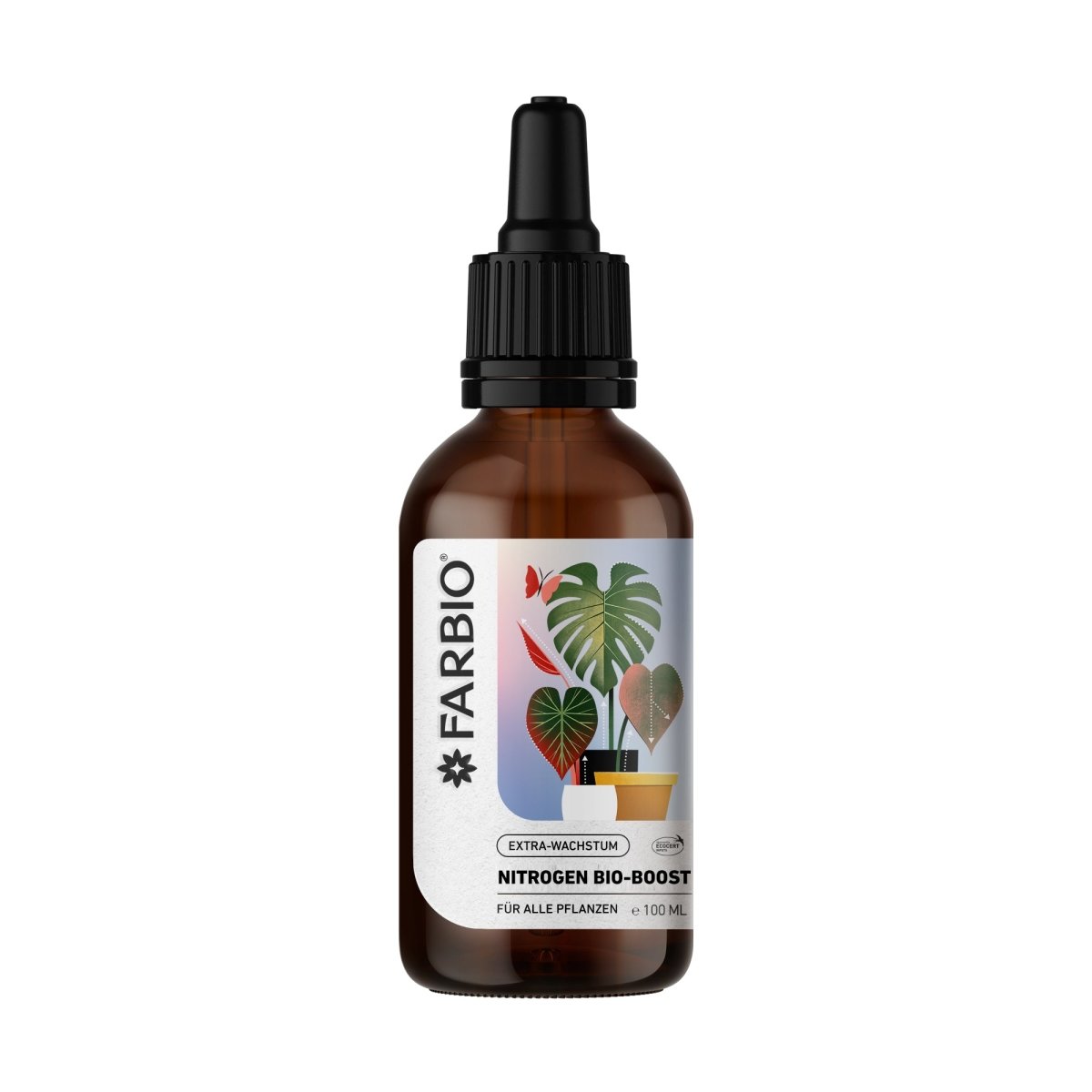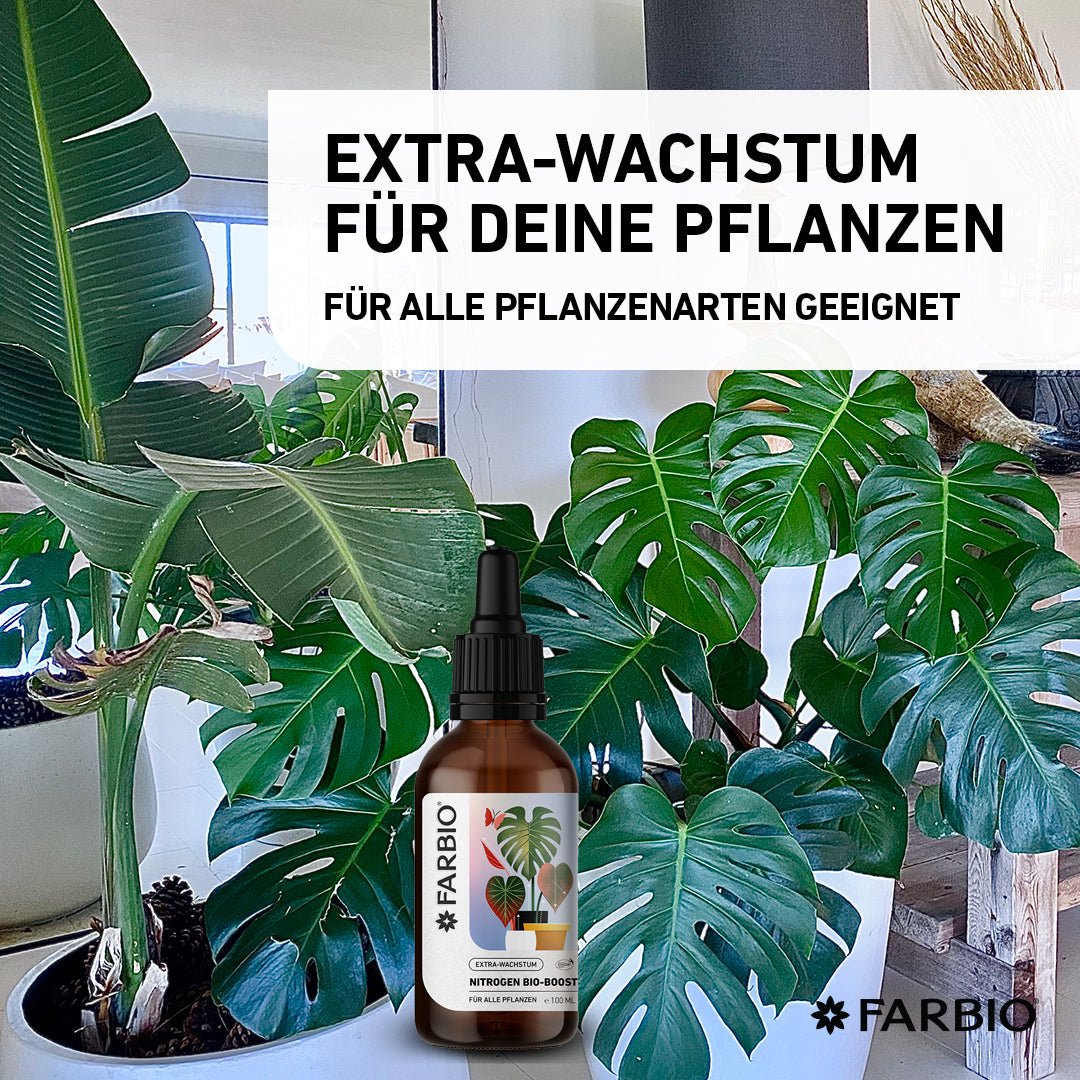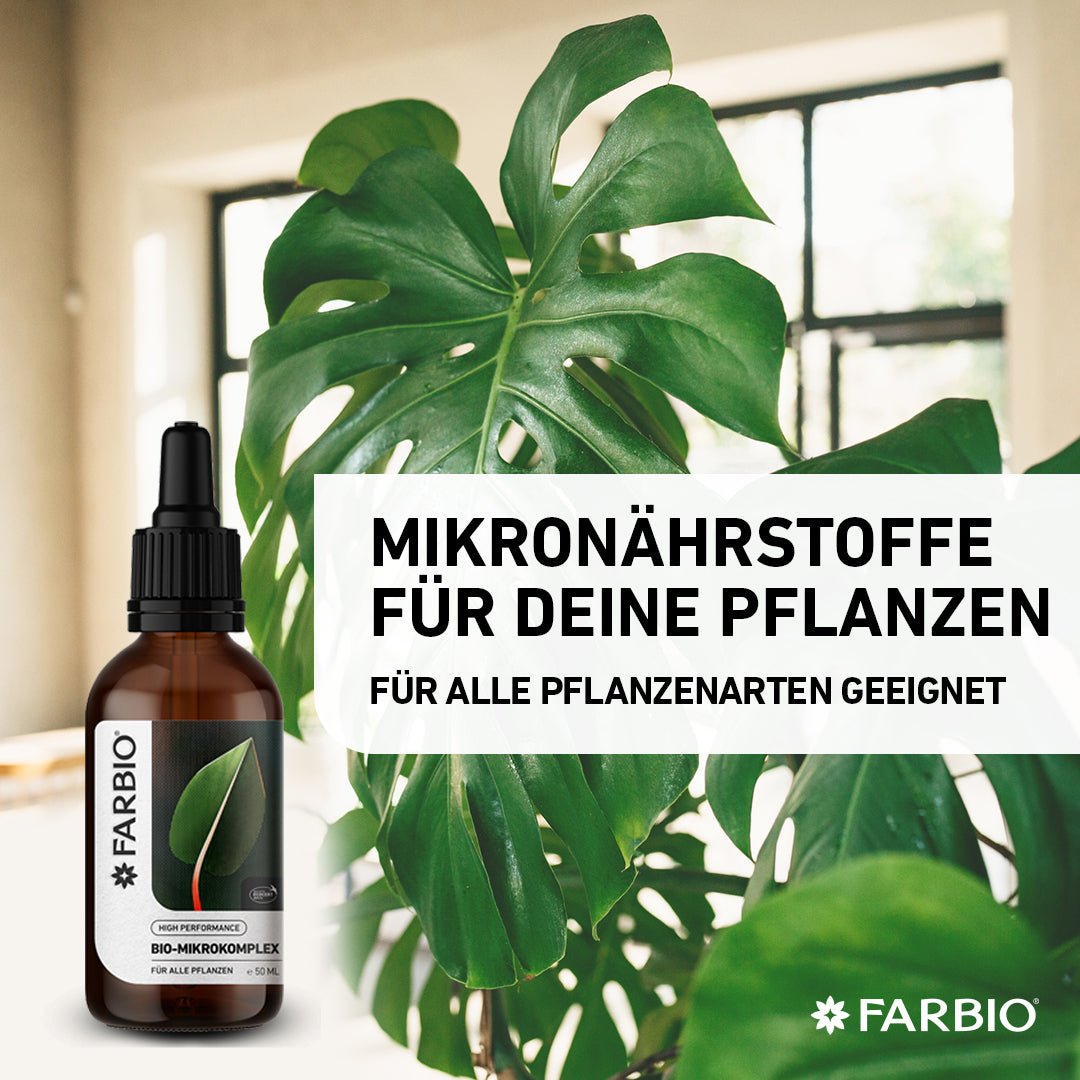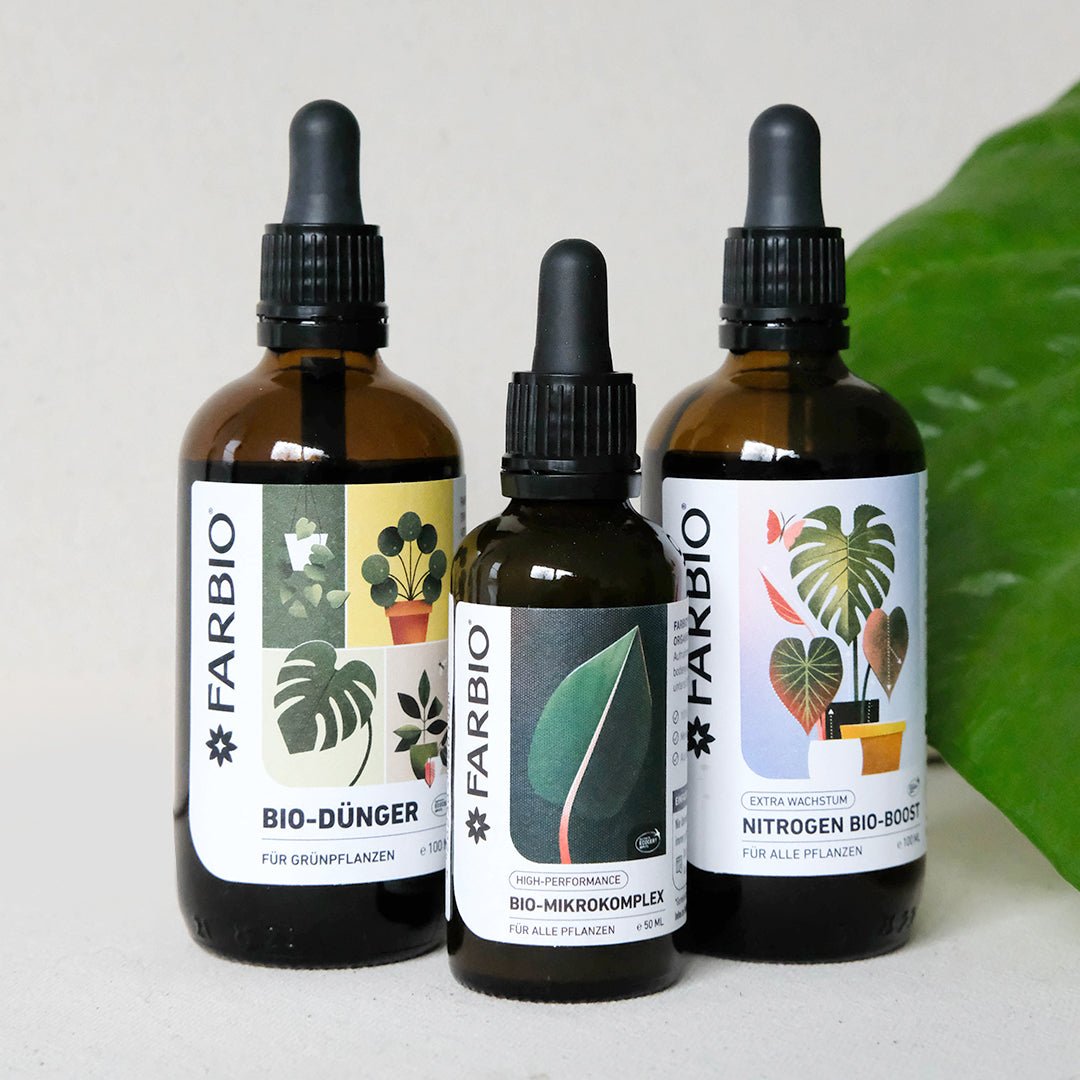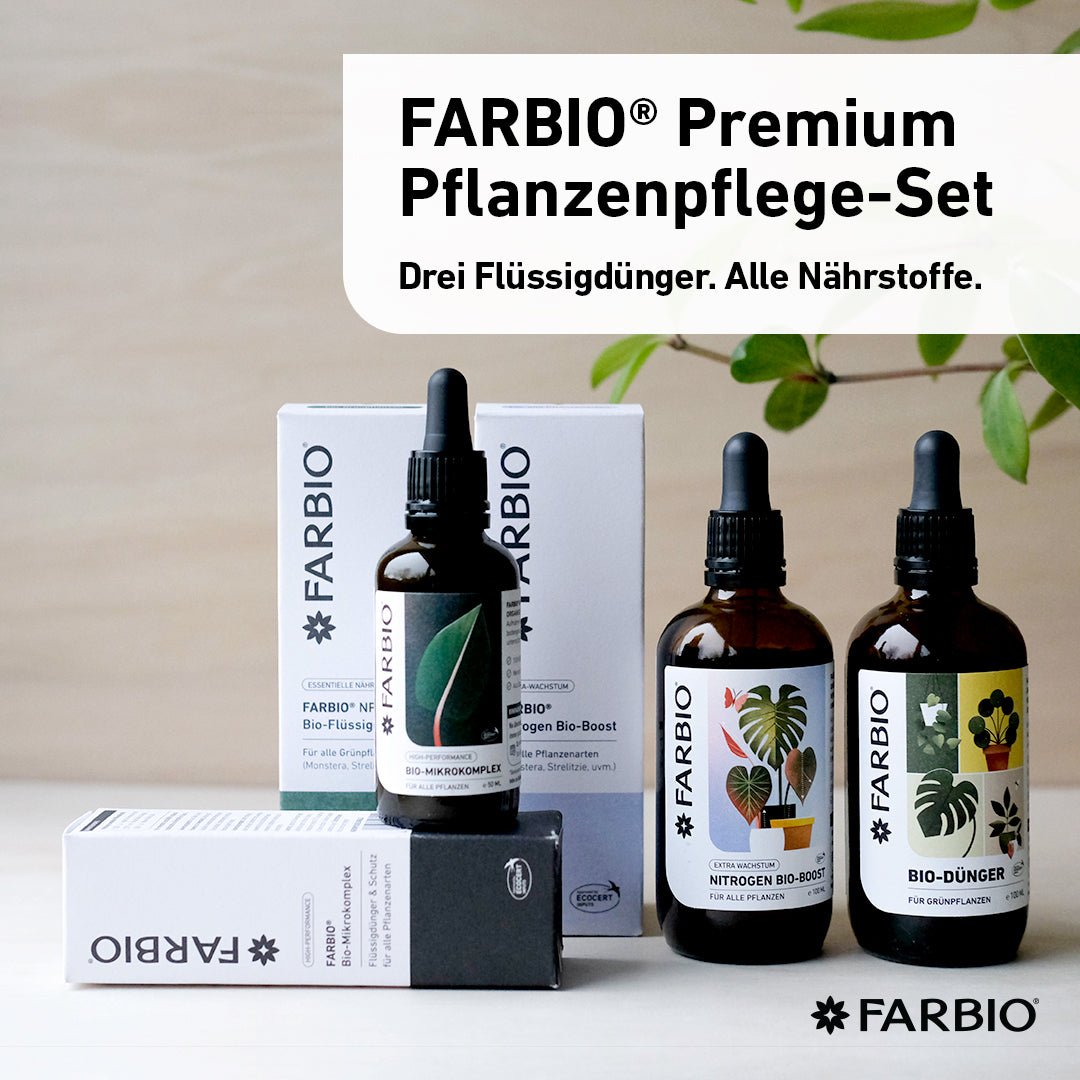Everyone knows them and was fascinated by them even as a child: the carnivorous plants. They look special with their interesting leaf structures and traits as carnivores, eating insects. It used to be a test of courage to stick your finger in a Venus flytrap and hope it wouldn't be "bitten off". But what is behind it? Are these plants really dangerous for humans or animals? And how do you properly care for them? So that you too can enjoy these beautiful plants for a long time, we have put together all the important information for you in the following article.
Origin
The fascinating plants are found in bogs and swamps all over the world. Here in Germany you will also find many species on nutrient-poor soils. Due to the decline in their natural habitats, however, they have become rare and are all protected. However, most of the carnivores cultivated as houseplants are from the tropical rain forests, as they are better able to cope with the conditions in our apartments.
Are they dangerous?
No, of course, carnivorous plants are not dangerous to humans and pets. They feed on insects. Depending on the species, they catch them with different strategies and then slowly digest them until only the chitin armor remains.
Types of traps and conception of the species
The plants live on very poor sites and through evolution they have developed different strategies to compensate for the missing nutrients by feeding and digesting insects.
venus flytrap
One of the most well-known carnivorous plants is the Venus Flytrap. You might even have had one yourself. Their leaves are formed into catch leaves and each have 3 hairs on the inside. Touching this triggers the trap and the leaves snap shut. A hair must be touched twice within approx. 30 seconds. With just a quick touch, the leaves stay open. Using an attractant, it lures larger insects such as flies, wasps and other similar species. There are small slits between the closed leaves, through which smaller insects can “escape”. Because the digestion process is very complex and for the small insects it would not be worth it.
Once the trap is closed and there is suitable prey inside, the plant produces an enzyme solution. The whole thing works similar to a stomach and the prey is completely dissolved except for the chitinous casing and taken up by the plant. The complete digestion process takes 10-12 days and can take place 2-3 times per leaf before it dies. Even with the slam, without loot, there are a limited number. The leaf will die off after about ten times walking up and down without prey as well. It is therefore advisable not to do this often for fun with the houseplant. You are enjoying the beautiful leaves.
Sticky Leaves
The sticky sheet strategy has been used by many species. However, their prey pattern is geared toward smaller insects than other carnivores. They mainly catch small insects such as ants, fungus gnats or fruit flies. The sundew and butterwort, both found in our bogs, attract insects with scents and once they land on the leaves there is no escape. The sundew's long, tentacled leaves slowly wrap themselves around the trapped insect and decompose it with a digestive secretion.
Butterwort catches its prey with its large sticky leaves. In principle, it is similar to that of the sundew. As soon as the insects stick to the leaf, they are decomposed with the help of a secretion and the nutrients are absorbed.

pit traps
The larger carnivorous plants are pit traps. These have specialized in larger insects such as flies, wasps or moths. Insects are lured into the leaf body by the scent and slide down the wax-coated walls into the abdomen of the plant, where they are decomposed. Here, too, only the chitinous coverings remain. If you cut open such a leaf body, you will find all the indigestible remains inside. The leaves either die off because they are almost full and can no longer be used, or when the plant goes into hibernation.
The pitcher plants belong to the pit traps, these are also native to us. You get very long hose leaves, in different colors. They can be green to dark red and most often they have a mesh pattern at the entrance to the hose. Since it is a native species, the plants are hardy and go into hibernation in winter.
In the tropics there are pitcher plants with the characteristic pitchers on the tips of their leaves. This genus is particularly suitable as a houseplant because it can cope very well with the conditions in our homes and does not have to hibernate.
Care
First of all, not all carnivorous plants are suitable for cultivation indoors, only tropical species. The native species can be planted outside in a bog pot or in a swamp bed. There they can hibernate.
Location
The location of the plants must be sunny, preferably in direct sunlight. Carnivorous plants love to sizzle in the sun. In a dark corner of the room she would die. These are marsh plants, which is why you have to water them a lot. You can place your plant on a saucer and always have 2 cm of water there so that your plant always has enough water available. The irrigation water should always be rainwater. Carnivorous plants are very sensitive to lime and in the long term they would otherwise die due to the lime supply from our tap water.
Earth
It is important that you do not use normal potting soil for repotting. This is too rich in nutrients and does not hold enough water. There is extra carnivore soil in the hardware store or plant center, the pH value of which is slightly acidic and therefore offers the perfect habitat!
propagation
Pretty much all carnivorous plants can form seeds. However, if you are not interested in propagation, you should prune the buds. Then your plant will focus more on developing beautiful leaves. Many species also form side shoots and practically multiply themselves. You can easily separate these offshoots and repot them. The cutting method also works for carnivores. To do this, cut off a piece of the shoot with a leaf and place it in water or soil.
Find out more about exciting houseplants in our Plants AZ !
You can find a suitable fertilizer for your plants under the FARBIO® organic liquid fertilizers .



